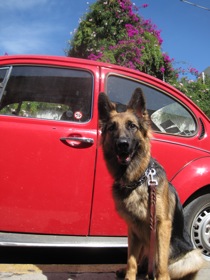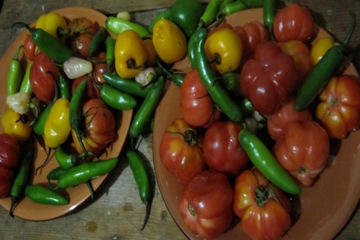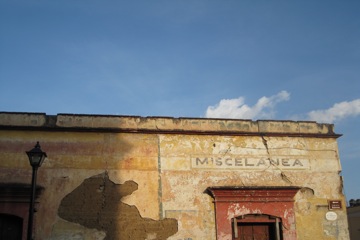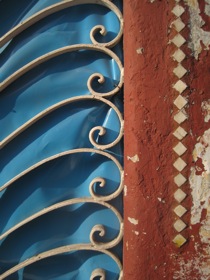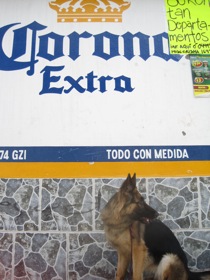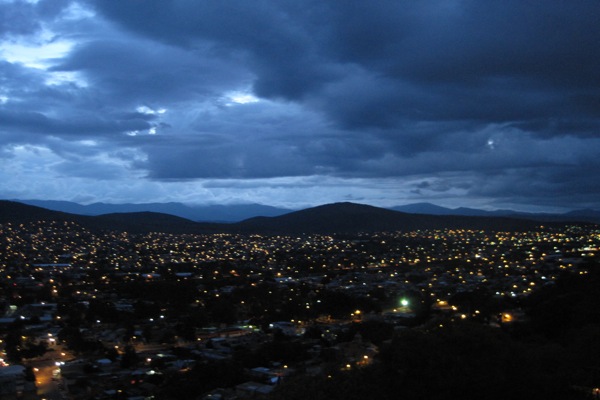
Photos: author
7:30 a.m. :
Wake up. Take the dog out, stroll down our cobblestone street that rises up slightly from the city, allowing a view of early morning clouds rising over churches. It’s chilly. The light is subdued shades of whale white and blue, sometimes a faint orange edging its way in at the horizon.


